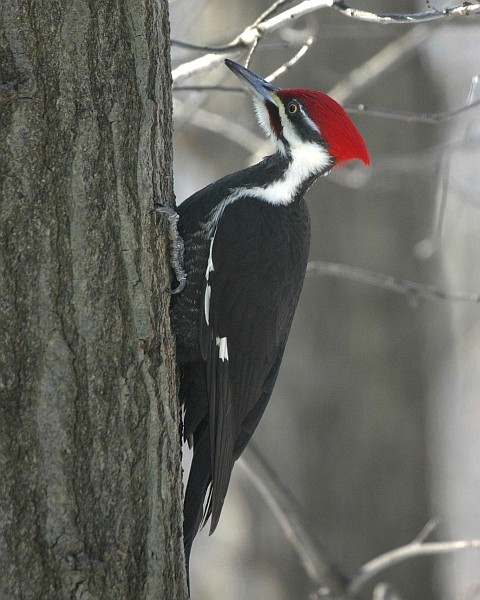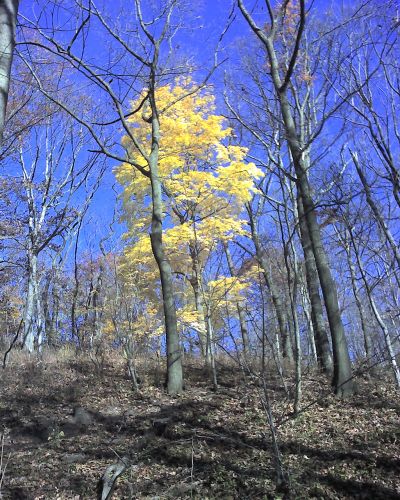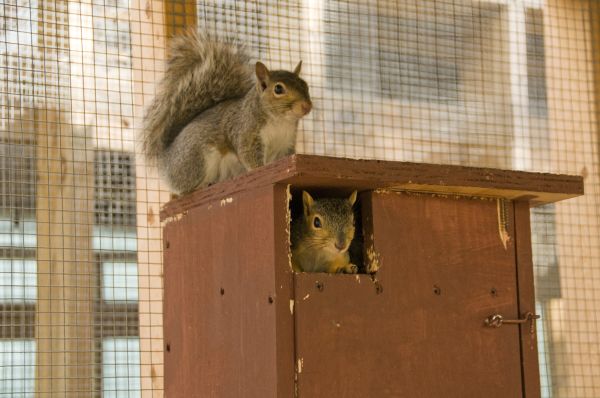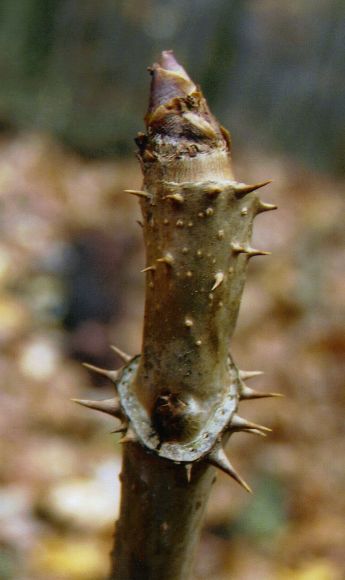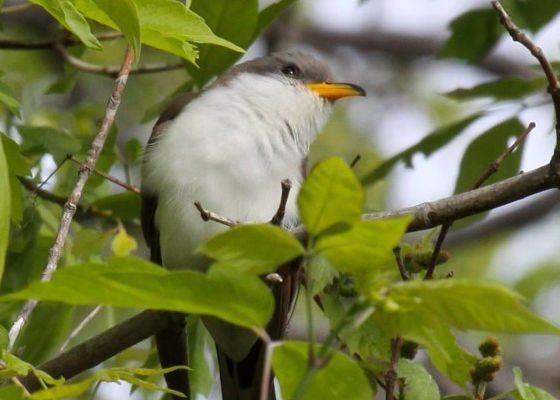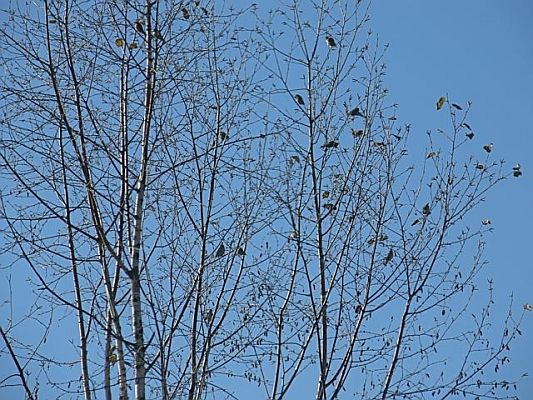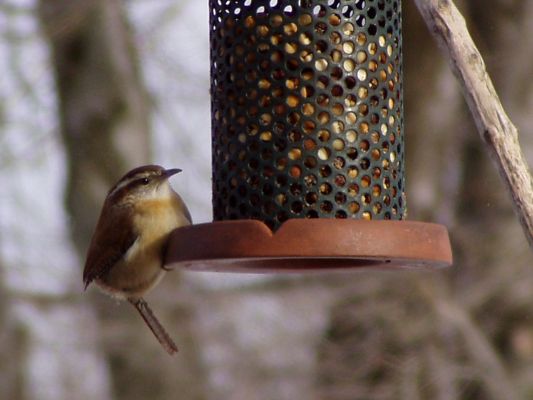
I can answer that. Almost no one.
Since midsummer we’ve lost more than five hours of sunlight so there’s not much reason to sing. The migrant songbirds have left and only our locals (chickadees and cardinals) and some winter visitors (dark-eyed juncoes) remain. Most of them have nothing to say.
My only hope for birdsong is at dawn and the singer is the bird pictured here – the Carolina wren.
According to the range maps, Carolina wrens don’t migrate but I wonder if they change territories in the winter. What explains the new scuffles and song duels they engaged in in October? Why does each wren now sing briefly at dawn?
I hear them pipe up one after the other. “I’m here,” says the wren down the street. “I’m here,” says another across the ballpark. “I’m here,” says a third up the hill. After this brief exchange of greetings they fall silent.
You have to be out early to hear birdsong this month.
(photo by Marcy Cunkelman)

